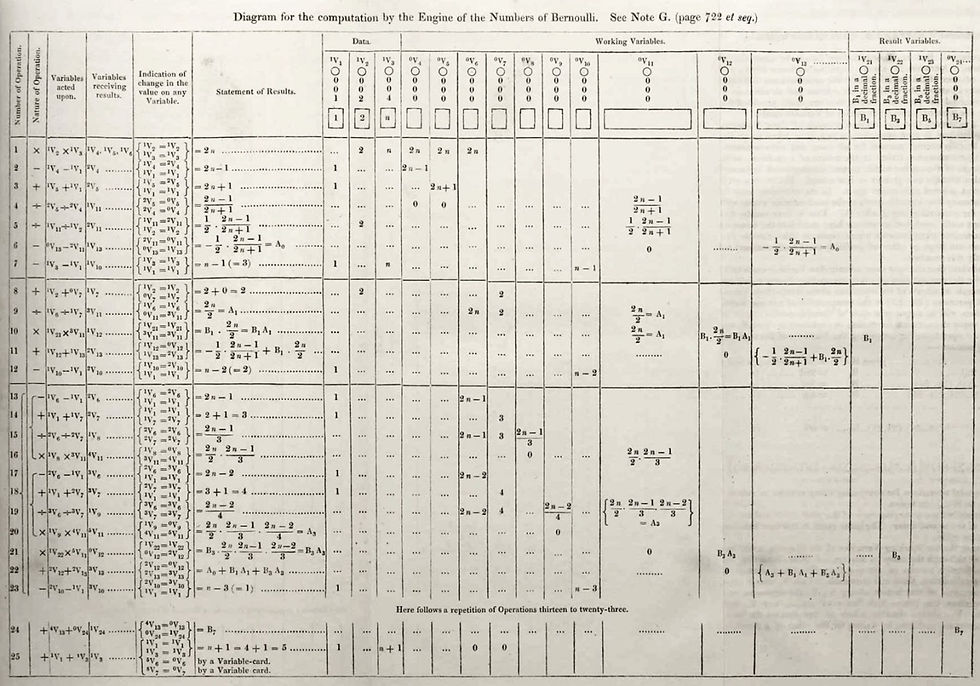Interviewing Young Talent - Christian Grose
- Mariya Tarabanovska

- Sep 28, 2021
- 3 min read
Updated: May 10, 2022
Following our first outreach event that took place last year at Christian’s school, we are very excited to see how our initiatives helped bright individuals like him to discover and grow passionate about Urban Air Mobility! Furthermore, Christian is our September UAM High-Flyer — congratulations!
— Hi Christian, can you tell us about your background, and what are you passionate about?
— I am currently in Year 13 working towards A-Levels in Maths, Further Maths, Physics, and Design & Technology. Outside of school, I enjoy creating engineering-based projects; from electric bikes to self-watering plants. I also do free-style first-person view (FPV) drone flying!
— Tell us more about your interest in Urban Air Mobility (UAM)? How did you come across the industry?
— I first came across UAM in school during an online talk from Flight Crowd. This got me interested in the potential of UAM. I then looked further into companies like Lilium and Vertical Aerospace, which helped me to understand the technicalities of UAM and how it can be progressed.
Christian Grose - Vehicle Design 1. eVTOL, inspired by F1 racing
— What attracts you the most in Urban Air Mobility — is there an area you are particularly intrigued about?
— I think what attracted me the most to Urban Air Mobility is the potential it has to be a much more exciting and fast method of transport. As an FPV drone pilot, I know how fun that sort of movement can be. Although UAM is likely to be mostly autonomous, it would be nice to see some more personal, pilot-able aircraft.
— You shared some fantastic eVTOL designs with us — it is incredible to see your interest in the aerial mobility industry from such a young age! Tell us more about your vehicles!
— I have taken inspiration from existing eVTOL aircraft and combined it with other design elements, like the aerodynamic forms from Formula 1 (F1); there are a lot of overlaps between the two industries. I have also looked into how nature can be reflected through these designs (the second is based on a hammer-head shark). These themes have helped me to develop my perspective on what these aircraft could look like in the future. I modelled them in Fusion 360 which is a computer-aided design (CAD) program that is free for students and easy to self-teach -I would recommend it to other students!
— If you were to describe UAM to your friends in two sentences, what would you say?
— A way of creating accessible, exciting air travel for intercity distances. It has the potential to reduce traffic and accidents.
Christian Grose - Vehicle Design 2. eVTOL, inspired by nature
— Where do you see yourself in five years? Do you plan on expanding your knowledge about the UAM ecosystem further?
— At the moment, I am planning to study a four-year Design Engineering course in university. After that I would love to work in smaller start-ups, developing products using skills learnt in design, programming, electronics and mechanics.
I am definitely interested in looking into UAM further. I would like to try and build an aircraft myself, like the ones built by @PeterScripol and @JLaservideo on YouTube. This would allow me to learn more about the high power components required, but would also require a large investment. I also think the building of UAM infrastructure (launch pads, control centres etc.) has the potential to be very interesting.
— What do you think the future of mobility in transportation looks like?
— I think the future of transportation is that it will become significantly more automated. Most car companies are already developing this technology, as it has the potential to reduce traffic and accidents. UAM could be easier to automate as there are fewer external obstacles to deal with.
In terms of what type of transportation will be important in the future, UAM could be a big player for intercity travel. This relies on the infrastructure being in place and would most likely operate as a taxi service rather than personal use. If battery cost can be reduced, it could become very widespread.
Thank you very much for your time, Christian! We look forward to speaking to you later and wish you the best of luck this academic year!












Ignition Casino is a great option for players who wish to compete because of its unrivalled poker tournament calendar. From popular shows like the Monthly Milly to daily promises, the activity never stops. Leaderboard https://ignition-casino.bet/ challenges and special poker promotions that reward skill and dedication give players an extra competitive advantage. It's the greatest platform for serious tournament play.